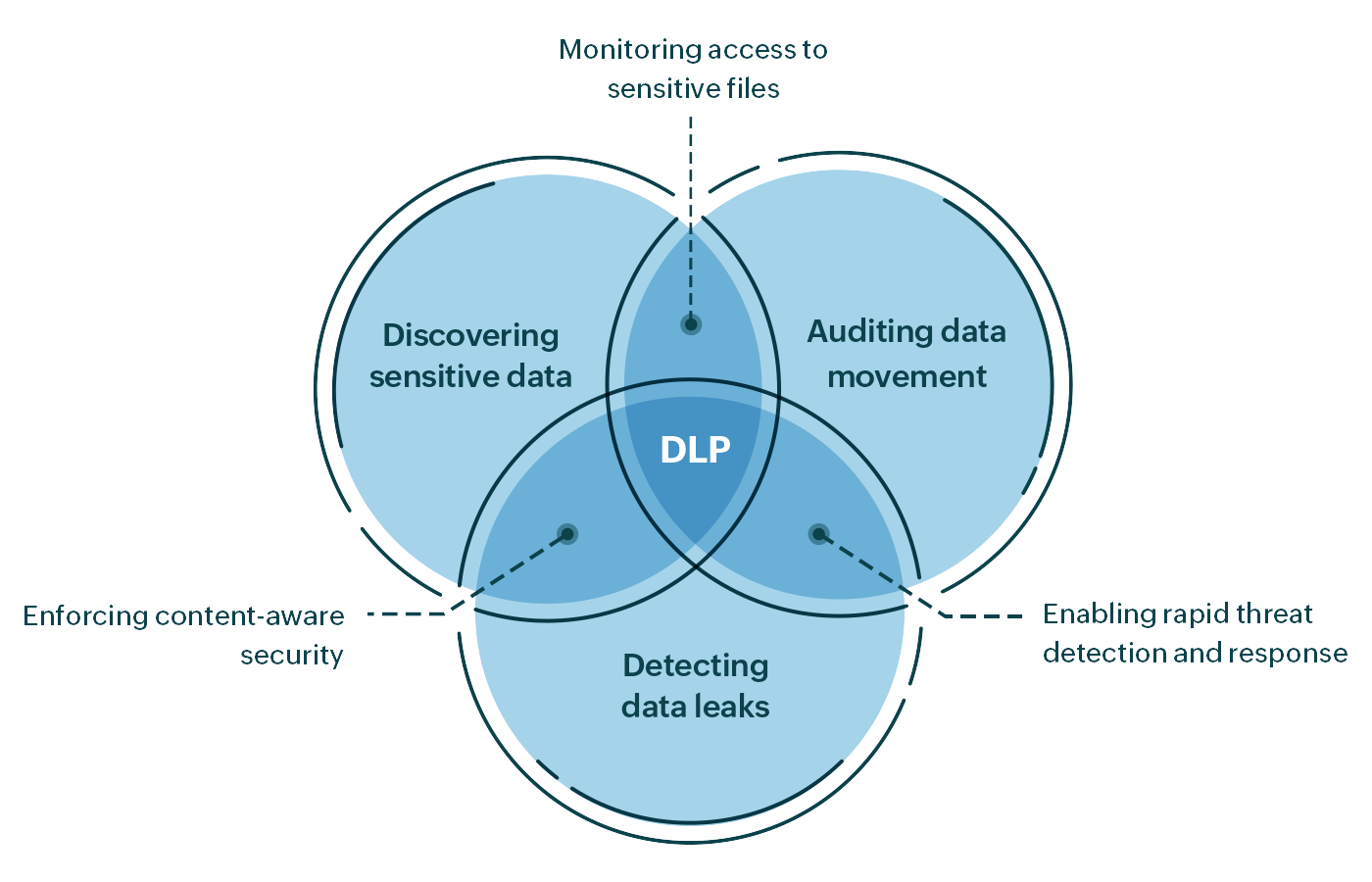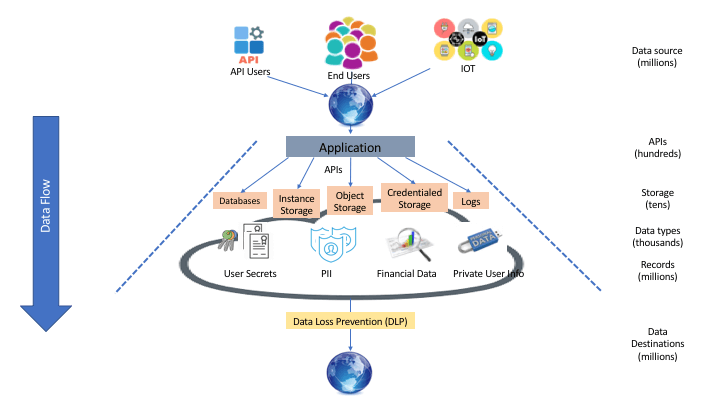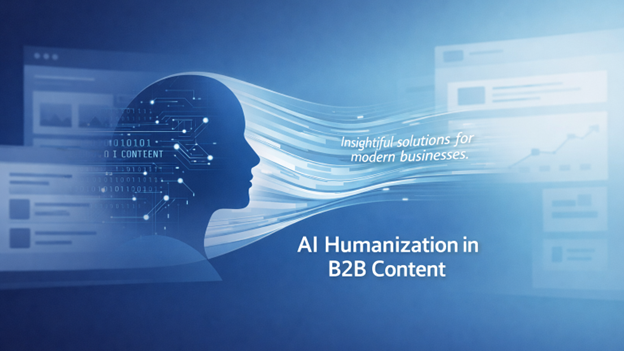Maximizing Business Security with Data Loss Prevention Strategies
In today's digital age, protecting sensitive information is paramount for businesses of all sizes. Now more than ever, Data Loss Prevention (DLP) strategies are critical for safeguarding a company's valuable data, preventing unauthorized access, and ensuring compliance with various regulations. While data security threats can occur at any time, the risks are higher for companies undergoing cloud migration.
Therefore, it is crucial to identify the Cloud Migration Risks in order to effectively mitigate them. So, how does data loss prevention benefit your company? This article explores the key advantages of implementing DLP measures and why they are crucial for your business's success. Continue reading to learn more!

Understanding data loss prevention
Data loss prevention measures are techniques, practices, and methods aimed at protecting sensitive information from loss, theft, or unauthorized access. They include technological measures such as data encryption, components that restrict access to data flow, and metrics that identify every data movement and intrusion.
DLP strategies also depend on formulating and implementing security policies concerning organizational operations and constantly training the organizational team to reduce human mistakes.
The approach to creating a proper and effective DLP plan begins with assessing the factors that define the relevance of the data and the possible threats. This means organizations can adapt and organize protective measures per the indicated acumen.
They also include defining specific guidelines and rules concerning data utilization, availability, and preservation and raising workers' awareness about data protection and possible repercussions of data leakage.
This defines regular security audits and incident response plans as crucial components of a strong and effective DLP. Overall, these strategies allow organizations to be prepared for any threats or damages.
Benefits of data loss prevention
Data loss prevention measures provide numerous benefits to organizations, safeguarding their valuable information assets and protecting their overall operations. Here are some of them:
Protecting sensitive information
One of DLP's primary benefits is its ability to protect sensitive information from unauthorized access or leaks. This includes financial records, personal customer data, intellectual property, and other confidential information.
Companies can monitor and control data flow across their networks by deploying DLP solutions. They're also optimizing data security by ensuring that sensitive information does not leave the organization unintentionally or fall into the wrong hands.
Enhancing regulatory compliance
Many industries are subject to stringent regulations regarding data protection. Failure to comply with these regulations can result in severe penalties, legal issues, and reputational damage.
DLP helps companies meet compliance requirements by providing the tools to monitor, detect, and prevent data breaches. For a comprehensive understanding of compliance measures, refer to this handy checklist.
Reducing the risk of data breaches
Data breaches can have catastrophic consequences for businesses, including financial losses, damaged reputation, and loss of customer trust. Implementing DLP solutions helps to minimize the risk of data breaches by identifying potential vulnerabilities and mitigating them before they can be exploited.
By continuously monitoring data movement and access, DLP solutions can alert administrators to suspicious activities, allowing them to take immediate action to prevent breaches. Integrating effective endpoint management adds another layer of protection by addressing potential vulnerabilities at the device level.
Improving employee awareness and accountability
DLP solutions often include tools for educating employees about data security best practices. By raising awareness and providing training on handling sensitive information, companies can foster a culture of security within the organization. Employees become more accountable for their actions, reducing the likelihood of accidental data leaks and improving overall data security.
Safeguarding intellectual property
Intellectual property (IP) is among many businesses' most valuable assets. Protecting IP from theft or unauthorized access is critical for maintaining a competitive edge.
DLP solutions help safeguard IP by monitoring access and usage, ensuring only authorized personnel can view or transfer sensitive information. This protection extends to preventing data from being shared externally without proper authorization.
Streamlining incident response
An organization's ability to effectively respond to an incident can be hindered or enhanced when a data breach occurs. DLP solutions can help an organization simplify the response to incidents through logs and reports on data access and transfer.
This information is essential in pointing out the root cause of the breach, evaluating the impact of the breach and actively working on putting measures that would prohibit such incidences in the future. By analyzing logs and reports, organizations can determine which types of data breaches have occurred and refine their security strategies accordingly
Additionally, incorporating on-call management can also enhance the organization's incident response capabilities by ensuring there's always personnel available to analyze these logs and reports, facilitating an efficient response to data breaches.
Enhancing data visibility and control
The given implementation serves as the following benefits for companies: It is also good for businesses to know how data moves around the organization and areas that may be vulnerable. It also increases the awareness of businesses in the proper ways of handling their data, to improve its storage, retrieval, as well as dissemination.
Examples of data loss prevention strategies
DLP strategies are vital as they help enterprises control, monitor, and secure sensitive data to meet the company's objectives as well as legal requirements. Here are some examples of strategies that enterprises can adopt:
a. Content discovery and classification: Use tools to scan and identify sensitive data across the enterprise, including databases, file servers, and endpoints. Classify data based on sensitivity levels to apply appropriate protection measures.
b. Endpoint protection: Install DLP software on all endpoints to monitor and control the flow of sensitive data. This includes blocking unauthorized USB devices and ensuring data encryption. Implement policies to control external storage devices and peripheral connections on company devices.
c. Network monitoring and protection: Deploy DLP solutions that monitor network traffic for sensitive data transmissions and prevent unauthorized data sharing or transfers. Use secure email gateways to monitor and control the content of emails, ensuring that sensitive information is not sent out without encryption or authorization.
d. Cloud data security: Implement DLP tools that extend to cloud environments to monitor and protect data stored in and transmitted through cloud services. Identity and access management (IAM) tools control who can access sensitive data in cloud applications and services.
e. Policy enforcement and auditing: Develop and enforce data protection policies that specify how sensitive data should be handled, accessed, and shared. Conduct regular audits to ensure compliance with these policies and identify any gaps or vulnerabilities in the system.
f. Email and messaging security: Use DLP tools specifically for email to scan outgoing messages for sensitive information and apply encryption or blocking as necessary.
g. User training and awareness: Conduct regular training sessions to educate employees about data security best practices and the importance of adhering to DLP policies.
h. Encryption and masking: Encrypt sensitive data at rest and in transit to protect it from unauthorized access or breaches. Use data masking techniques to hide sensitive data in development and testing environments or any other non-production setting to avoid exposure.
Implementing a comprehensive DLP program that includes these strategies is essential for safeguarding enterprise data and maintaining the organization's integrity and reputation.
Conclusion
DLP for businesses has its advantages in safety from unauthorized access and leakage, improving compliance with rules and regulations, avoidance of data leaks and unauthorized access to the firm's information, and proper information security.
Organizations can implement DLP solutions to protect sensitive information and also create a sense of credibility among the clients and other businesses that they deal with while keeping up with the market. Contact us now, and let us guide you through a comprehensive approach to data security!





